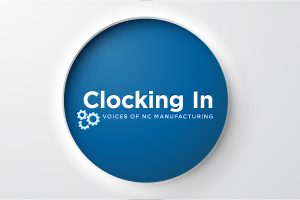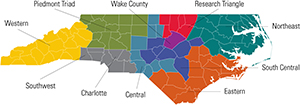Document Control and Record Control are two areas where companies struggle when they are implementing a new Quality Management System like ISO 9001. I’m going to try to address some of the more frequently asked questions.
How much documentation should there be?
The ISO 9001 standard requires a Quality Manual and six procedures (Document Control, Record Control, Internal Auditing, Nonconforming Material, Corrective Action and Preventive action). Note: it is permissible to combine procedures so it is common to see the Corrective Action and Preventive action procedures combined. This means you only need five procedures and some creative companies have combined Document control and Record control to reduce the number of required procedures to four!
Do we need to write down everything we do?
Beyond the quality manual and the required procedures, it is really up to the individual company to define where additional procedures or work instructions are necessary. If a process or task is very complex, it may need additional documentation. You get to determine what these procedures or work instruction look like; they can be flow charts, pictures or text. Whatever form they take, they should be clear, easy to read, and define the activity as it is performed. If possible, they should be verified by someone familiar with the activity. Note: Job travelers can be work instructions if they contain the necessary information like what material to use and the steps in the process.
How do we number our documents?
There is no requirement in the standard for a numbering system for documents or forms. The standard requires that documents be identified so the document title can be used for identification purposes. If a numbering system is used, it should be simple and easy to use.
How long should the quality manual be?
The standard requires that the quality manual include a scope statement with justifications for any exclusions; a description of the interaction between the processes of the quality management system and the required procedures or references to them. So the manual could be just a couple of pages if you desire. Alternatively, you could include short descriptions of each of the quality management systems processes to explain how you conduct your business which may prove helpful to potential customers. What is not required is to copy the standard and call it your quality manual. That adds no value to you or your customers.
What records do we need to keep?
There are 21 records specified in the standard. For a list of the required records, see website: g3iso.com/blog/wp-content/uploads/…/iso-9001-2008-records.doc. In addition to those 21, other records should be kept where they are needed to provide evidence that a process is being performed. Some examples of additional records are packing lists, supplier purchase orders, quotes submitted to customers, preventive maintenance records, etc. Records can be both electronic and paper and unless there are legal requirements, you get to determine how long they are kept.
Controlling your documents and records is an important part of your quality management system, but it should not be made harder by making it complex and documenting too much.


